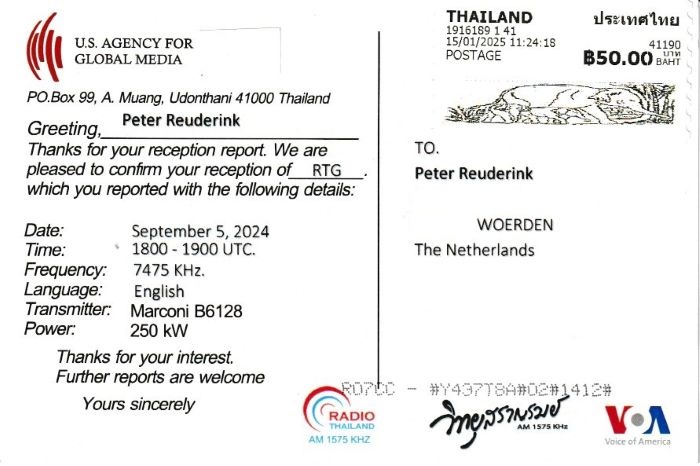
Following the earlier e-QSL I now got a paper QSL for my reception of Radio Thailand, Udonthani, on 7475 kHz. I heard them in September, and following a reminder in December I got the e-QSL in a day, and this nice postcard a month later!
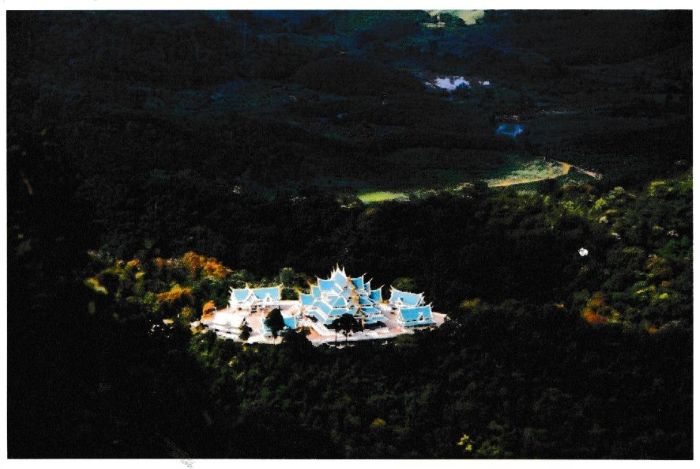
"It's not true I had nothing on, I had the radio on" - Marilyn Monroe

Following the earlier e-QSL I now got a paper QSL for my reception of Radio Thailand, Udonthani, on 7475 kHz. I heard them in September, and following a reminder in December I got the e-QSL in a day, and this nice postcard a month later!

An e- QSL for Radio Thailand World Service 7475 kHz. Heard them in excellent quality on 7475 kHz with an English program. As my report to rthworldservice@gmail.com remained unanswered I sent them a friendly reminder and received a fully detailed card within a day.

I really wanted to get this QSL. In the 80-ies it was a bit more difficult to receive them but when I managed to do so I got a schedule and beautiful pennant by mail, but not a confirmation that resembled a QSL.

An e-QSL card for Radio Vanuatu on 9960 kHz. In 2023 Radio Vanuatu started to issue e-QSLs. I tried to catch them on 7260 kHz but wasn’t successful. As Vanuatu would be a new EDXC country I decided to make an exception and tune in via a Kiwi SDR in Brisbane to get a QSL in July 2023.
This week Helmut Matt let me know that Radio Vanuatu could be received in decent quality on their new frequency of 9960 kHz around 0630 – 0700 h UTC. So I gave it a try and this time I was able to hear them with news, weather and a Lionel Richie song. Given local noise not easy, but definitely doable: SINPO 24222. Within a day I got the eQSL from Warren Robert, Manager of Technical Services.
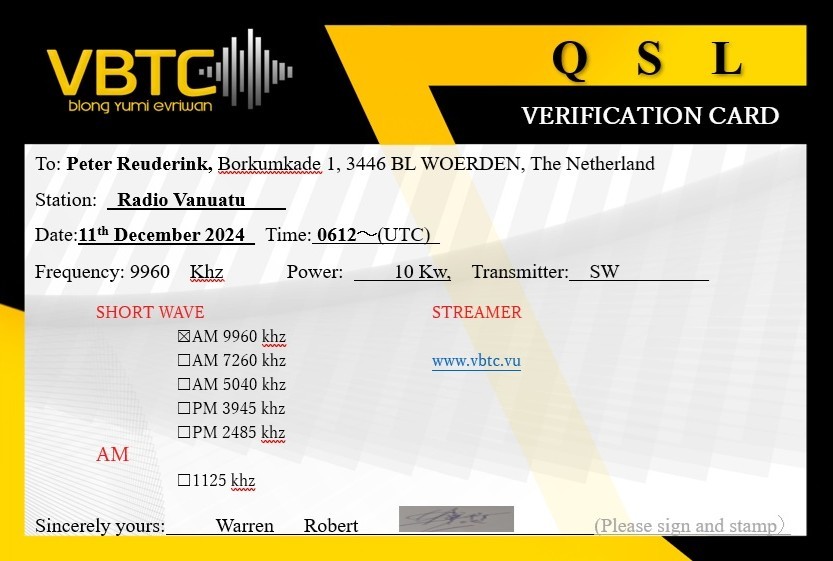
It feels good to have this station QSL-ed for a reception from my home QTH!
This year Trans World Radio (TWR) celebrates that it was 50 years ago that they started broadcasting from a location near Manzini, Swaziland. I had the pleasure of visiting the country, which is now called Eswatini, and the Mlilwane Wildlife Sanctuary 12 years ago.
Transmitter power has been upgraded from 25 kW to 100 kW which results in a very good reception of their program on 9500 kHz here in The Netherlands. Unfortunately, as far as I know there is only 1 hour of English programming left on their schedule, Sundays only. And when I tuned in they went already off air after 30 minutes. So I’m afraid that TWR is also moving more and more to FM and the internet to get their message heard.
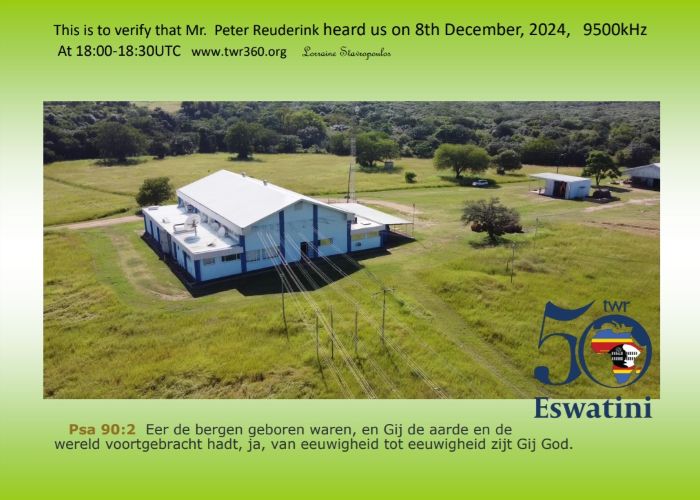
Mrs. Lorraine Stavropoulos confirmed my reception within a day. I sent my report to lstavrop@twr.org (please note the first letter is an “L”). Funny detail is that the QSL features a Bible text in Dutch, so apparently custom made!
Below the well known QSL card which I received in 1980.
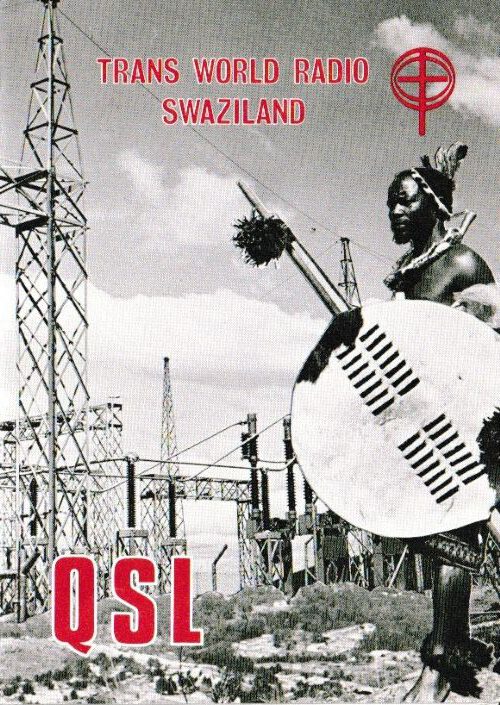

Thanks to a tip from Goran Hardenmark I was made aware of a transmission from NTNU Ålesund, Norway. During a class exercise a radio check was made on 3366, 8297 and 12353 kHz. I heard nothing on 3 MHz, some weak conversation on 8 MHz (but not sure if it was NTNU), and a clear “All ships all ships” at 09:20 UTC on 12 MHz. I have to admit that I need to train my ears again for proper USB listening: I got a bit spoilt with all the digital modes!
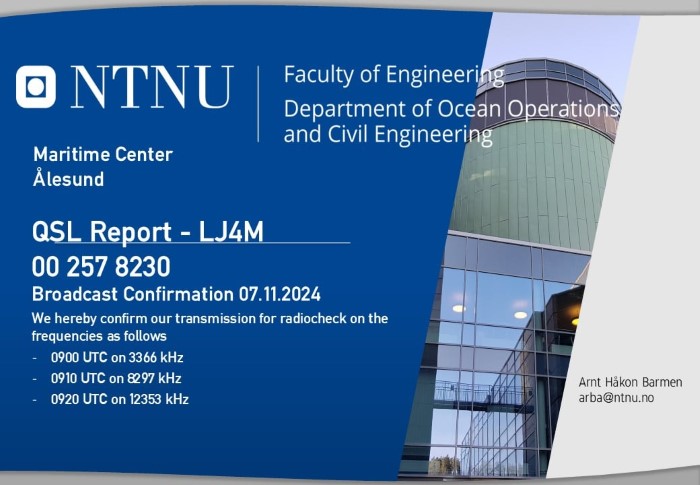
The Radio Check could be monitored via their Facebook group. And this also gave me the opportunity to chat with Mr AH Barmen who coordinated this course. He provided the following details:
The frequencies we used today are reserved for intership communication, 3366 KHz have been used for intership communication in Nordic waters, the two others are randomly picked from Appendix 17 – Sub Section B of the Radio Regulations. All maritime schools that provide training for maritime radio certificates are equipped with a ship radio station that can use these frequencies.
On our radio station we have a Sailor 6300 MF/HF radio, 150W and a 12 m antenna, in adition we have Sailor and Furuno NAVTEX receivers, two Sailor VHF’s, INMARSAT-C and an Iridium LT3100s.
I also received the special eQSL card for this event. Thank you Mr. Barmen!
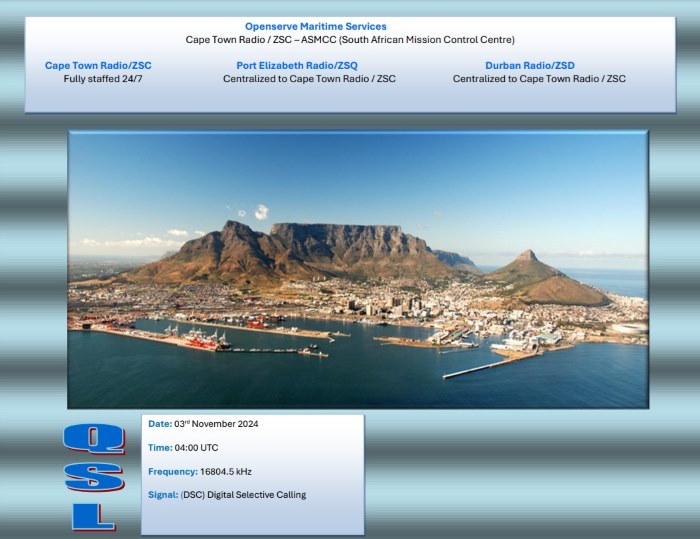
QSL for ZSC Cape Town Radio 16804.5 kHz. Already in the 80-ies I tried this one when I received them in CW. No luck. More recently I tried again to get a QSL for their DSC transmissions. No luck. Then I got a contact email of Mr. Khan from Artur at Maresme DX, but even that took a 2nd attempt. But hey, here it is, a nice f/d eQSL showing the Table Mountain and the city of Cape Town, South Africa.
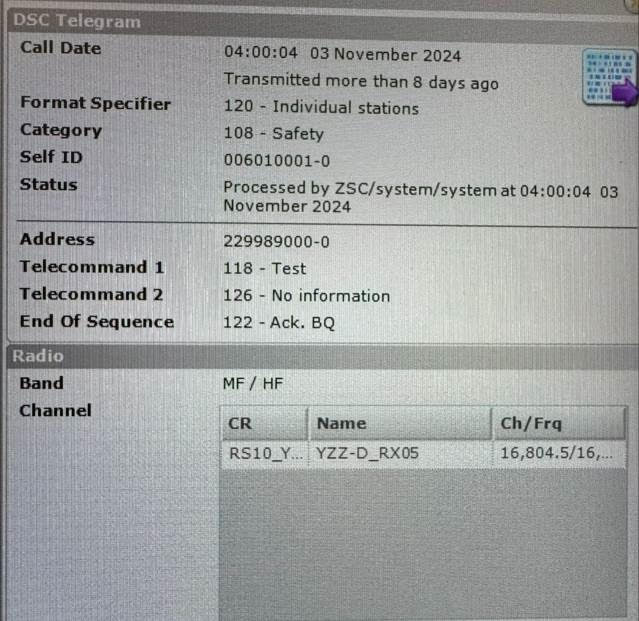
And that was not all. The QSL was accompanied with a friendly email, a comprehensive letter describing the history of Telkom maritime services in South Africa, and a 4 page e-brochure:
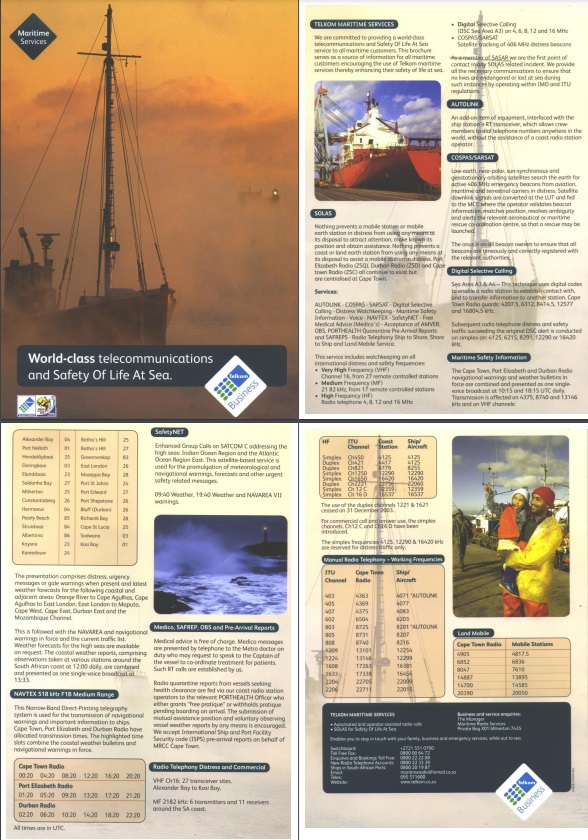
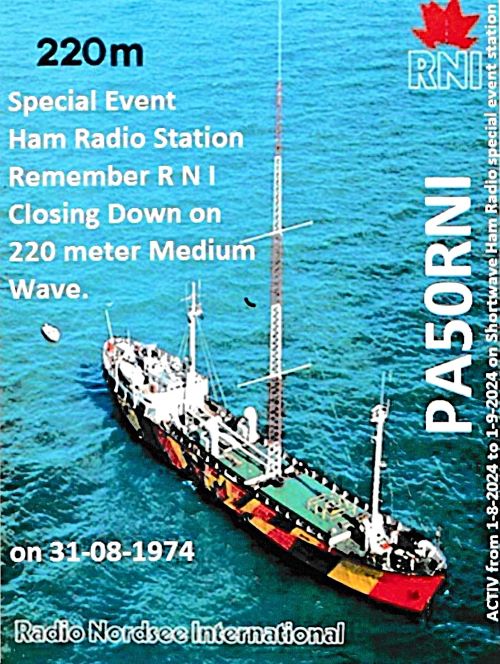
August 31st, 2024 it was 50 years ago that Radio Noordzee en Radio Veronica closed down. There were quite a few broadcasts that day to commemorate. I heard Radio Northsea Nijmegen with a program via Channel 292, Germany on 6070 kHz.
Earlier I received a QSL by email, today this nice physical QSL card dropped in the mail box! Thank you so much Michel Boon at the Radio Northsea Nijmegen team!
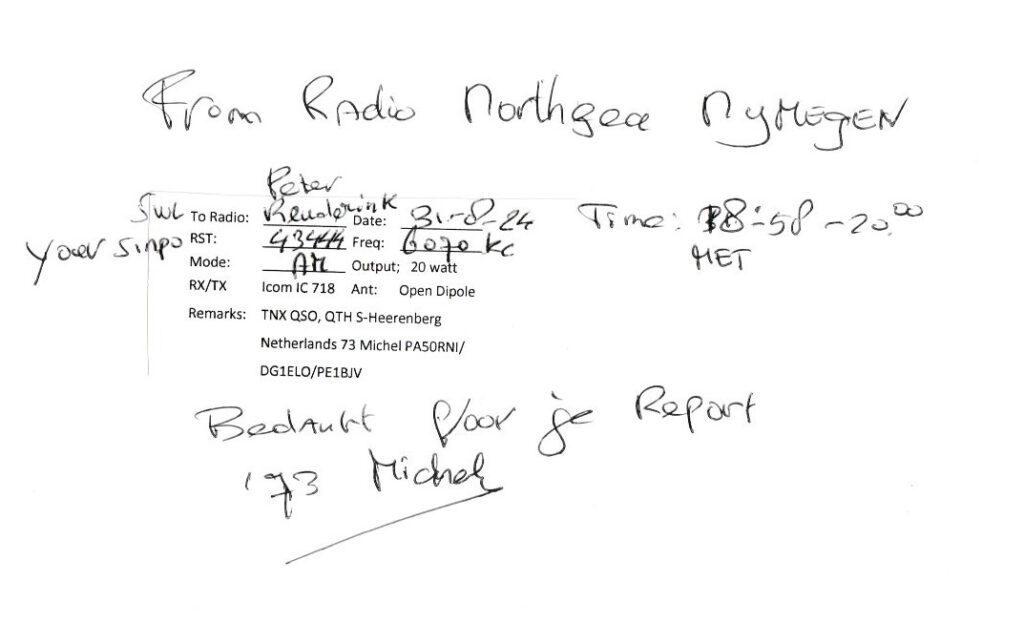

After 65 weeks I received a friendly email from YvesZor at Bangkok Radio to QSL my reception of a DSC message from Bangkok Radio on 12577 kHz. It was worth the wait, although in the meantime YvesZor already QSL-ed my 2 MHz reception of Bangkok Radio which is a bit more special.
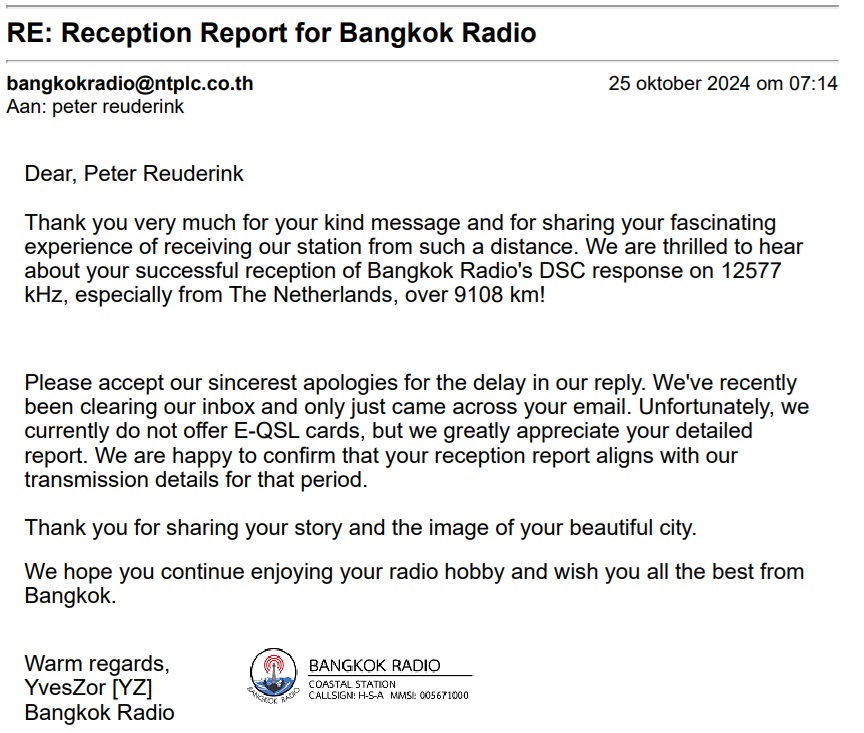

Since my retirement two years ago I have plenty of time for my old DX hobby again after an absence of over 25 years. I soon noticed that my attention was mainly focused on the medium wave and digital utility modes. But what is the state of that good old shortwave today? And how does that compare to 30-40 years ago? The SWL 2024 contest, organized by Frank F0DUW, seemed like a great opportunity to give this a thorough review.
But before I do: please don’t forget to check the details of the upcoming SWL Contest 2025 at the end of this post!
The goal of the contest was to receive as many stations as possible in each shortwave band, from 120 to 11 meters. Furthermore, it had to be AM transmissions, so no DRM. Pirates were allowed to be counted, even if they were a bit outside the official meter bands. Each participant would be rewarded with an e-Award. From a Bronze Award for participants reporting 1-49 stations, via Silver, Gold, Platinum to a Diamond Award for participants scoring more than 250 stations.
The contest rules didn’t focus on transmitter location but on what I would call “broadcasters” or “producers” if you like. That needs a bit of explanation. If you heard BBC on 9410 from Tinang and then received it on 9510 from Tashkent, that counted as 1 “station”: “BBC on the 31 meter band”. If you received BBC Tinang on 9410 (31 meter band) and BBC Tinang 11825 (25 meter band) then that counted as two stations. Similarly, a Sunday spent listening to Channel 292 on 9670 kHz quickly yielded several “stations”: Radio Powerrumpel, Radio Waves International, Superclan Radio and so on.
The contest ran from June to August. Because I was still very busy with sporadic E on FM in June, I actually only started to monitor the bands thoroughly in the second week of July. In total, I received 425 stations from 55 ITU countries that were distributed over the meter bands as follows:
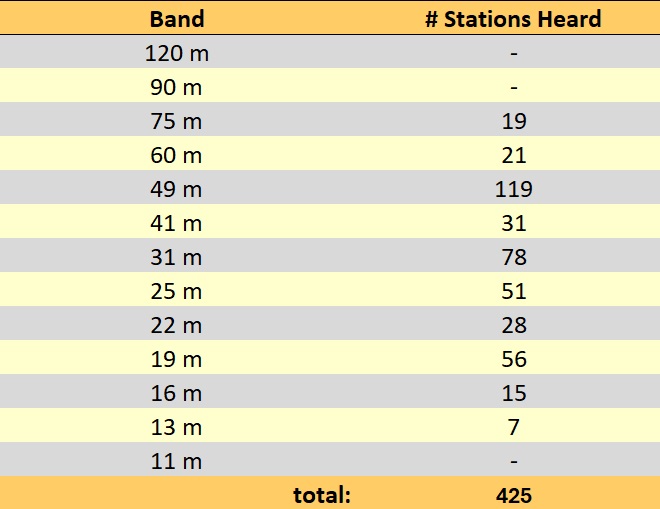
Although these were summer conditions, one thing immediately stands out: the tropical bands deliver very few “tropical” stations these days. There is still an occasional station from Australia or Indonesia at 120 or 90 meters, but I didn’t manage to receive those. The 19 stations at 75 m were far from “tropical”. They all came from Europe, with the various stations broadcasting on Channel 292 from Germany on 3955 kHz accounting for 13 of them.
At 60 meters it is just only a little bit better. There are still some Asian stations to receive, including Tajik Radio (Tajikistan). Africa was represented by Voice of Hope from Zambia and VOA Botswana, but you don’t really hear the African traditional songs and rhythms of years ago. From Latin America I picked up the Cuban Radio Rebelde, Radio Brasil Central and the religious pirate “La Montana” from Venezuela. I could even hear Radio Tarma from Peru. Small reminders of what used to be a favorite band for DX-ers years ago.
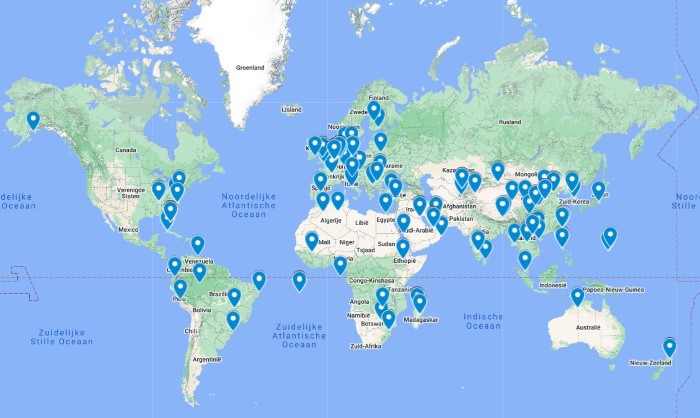
The 49 meters is the band where I heard the most stations by far. That’s partly due to a good number of pirates around that band. I heard 28 of them, mainly from the Netherlands and the UK. I heard more than 20 different programme makers on Channel 292. The reception of Channel 292’s American counterpart, WRMI Radio Miami International, is a bit more dependent on conditions, but it did result in 8 stations at 49 meters. You receive them better on 19 meters, which resulted in 15 stations for me.
The WRMI programs are very different from those of Channel 292. On the latter station you will hear a lot of stations that want to keep the memory of offshore radio alive in addition to several serious program makers who offer alternative music. “CM Obrecht”, “Radio Carpathia” and “The Isle of Music” are good examples of those. WRMI brings everything that is not “mainstream” from the United States. Everyone seems to want to reach the entire US and preferably the world via Miami. From the super-fanatical preacher on “Classic Redneck Radio” and endless mostly right-wing political speeches to bizarre programs such as “Your UFO show” and “Supreme Master TV” where you are treated to all kinds of conspiracy theories. I really enjoyed it.
Yet there is still plenty of “real” DX to experience at 49 meters. The various factions from Ethiopia and the surrounding area all seem to have their own station. Mali Radio comes through loud (I suspect that Chinese investments do play a role here). Myanma Radio was perfectly audible and even provided my first QSL for Myanmar, something I couldn’t do 40 years ago. Brazil brought RN da Amazonia and Voz Missionaria. What is also nice to follow is the arrival of legal Finnish low power stations such as Radio Piko and Realmix Radio in this band.
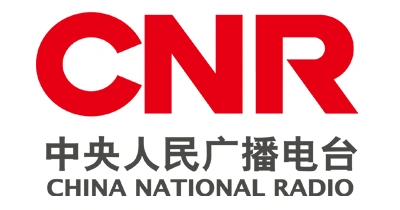
China, as expected, was an important source to boost my number of stations received. I heard 47 Chinese stations. But identification is not so easy. China Radio International, of course, has plenty of programs in English and is omnipresent on every band. Only then do you realize that Radio Moscow has completely disappeared from the scene.
It is more difficult to distinguish Chinese National Radio CNR 1, 2, 7, 8, 11, 13 and 17 from each other. The fact that a number of those programs broadcast on the same frequencies and stations as the PBS stations Sichuan, Xizang and Xinjiang further complicates matters. But fortunately, there are many co-channel crosschecks you can make. The languages and IDs in Kazakh (CNR17) or Uyghur (CNR13) are also clearly different from Chinese and recognizable. The specific format of CNR2 Business Radio, where a male/female duo of presenters seem to talk non-stop commercial-like as on an American news channel, is easy to pick out.

While China apparently still believes very much in shortwave to reach a global audience, there are few other state broadcasters that share that opinion. In the Far East it’s not so bad. The Koreas, Japan, Taiwan, Thailand, Myanmar, the Philippines: they all have programs targeting listeners abroad. Radio New Zealand has more powerful transmitters than it had in the past and their programs aimed at the South Pacific can be received easily.
In Europe the only stations that offer a Radio France Internationale, Radio Exterior de España and Radio Romania International are the only stations with that are still active extensively. To hear the BBC in every band, I had to put in some effort to tune in at the right time as most of their programs are broadcast from transmitters in the East. I learned that Deutsche Welle still broadcasts a few hours in Arabic and Amharic. And Schweizer Rundfunk is still surviving on shortwave with an hour via the Kall-Krekel transmitter.
Many of the religious stations I knew from the past were still in the air: AWR, TWR, FEBC, HCJB, WINB. As were the several U.S. government-sponsored propaganda stations such as Radio Liberty and Radio Marti. Newer to me is the fact that the VOA now brands quite a few stations as if not part of VOA: Studio 7, Radio Deewa, Radio Ashna or Radio Mashaal for example. Also new to me: different groups, sometimes more political resistance oriented, sometimes more motivated by humanitarian reasons are renting airtime from major channels abroad such as Woofferton, UAE or Tashkent. For example I heard Radio Ergo, a small broadcaster with support from the Danish Ministry of Foreign Affairs. They broadcast humanitarian news from the UAE for regions in Somalia.
My conclusion: there is still plenty to do on shortwave for a DX-er who is mainly interested in picking up a signal from a distant country. And even if you want to collect QSLs, you can still do so quite easily. Although you will often have to be satisfied with an e-QSL or email. For the real listener who is interested in content, shortwave is going downhill in my view. Unless you speak several Asian or African languages.
The other day I read somewhere: “The only English transmissions I can pick up are alt-right or religious nuts. Are there any sane people broadcasting on SW in English?“. I don’t want to go that far, and I would certainly be doing serious religious stations such as AWR and TWR a disservice. But a certain trend has been going on for a while. And I’m curious what happens if major maintenance is needed on transmitters and antenna parks like Woofferton, Issoudun or Nauen. Is that still financially feasible or will we see them forced to close as well?
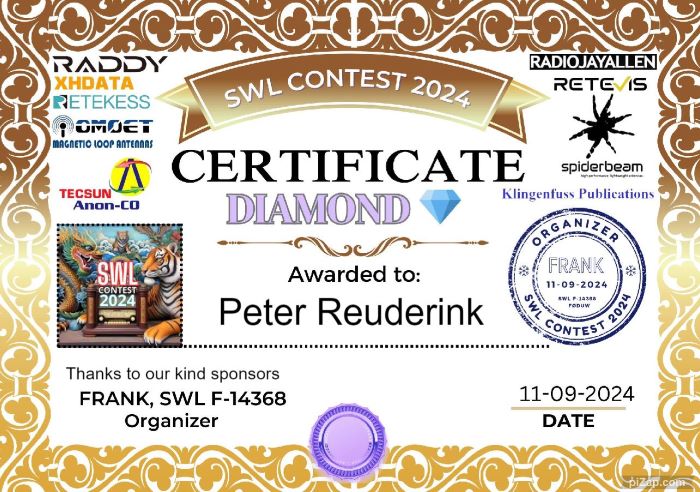
So, what did the SWL 2024 contest bring for me in addition to the Myanma Radio QSL, my 197th radio country verified? Well, in the first place a lot of DX and listening pleasure, some surprising receptions – I can’t forget to mention RTM Wai FM from Malaysia at 25 meters, or Alaskan public Radio KSKO via Kostinbrod – and quite a few QSLs. And I easily reached the target for a Diamond Award.
To my surprise, Frank had managed to arrange some nice prizes through sponsors. Because I finished first with 425 stations, to my great surprise, I received a nice Tecsun PL-368 and a Retevis cap. But again, participating and having fun are more important than winning in my opinion.
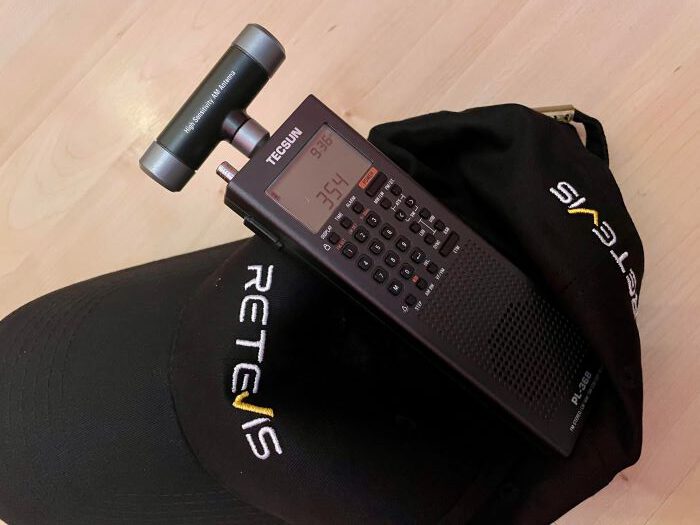
I am very happy that Frank has decided to organize a next contest. It may be called “SWL contest 2025”, but you can now also listen to the medium wave. There are actually three contests: you can listen to MW, SW, or both. On SW this time the goal is to receive as many transmitter locations as possible (regardless of the band), on MW the location doesn’t matter.
You can read the rules here: https://webkiwisdrswl.blogspot.com/2024/09/swl-contest-2025-rules.html . Unfortunately, there are no prizes this time other than the e-Award. But I will at least make an entry for the medium wave part of the contest and try to hit at least 250.
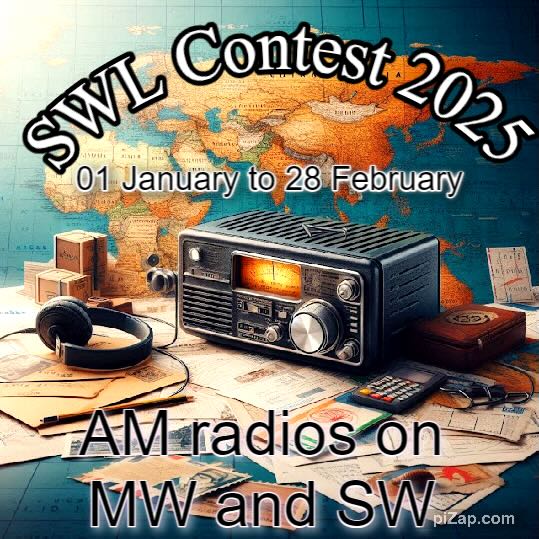
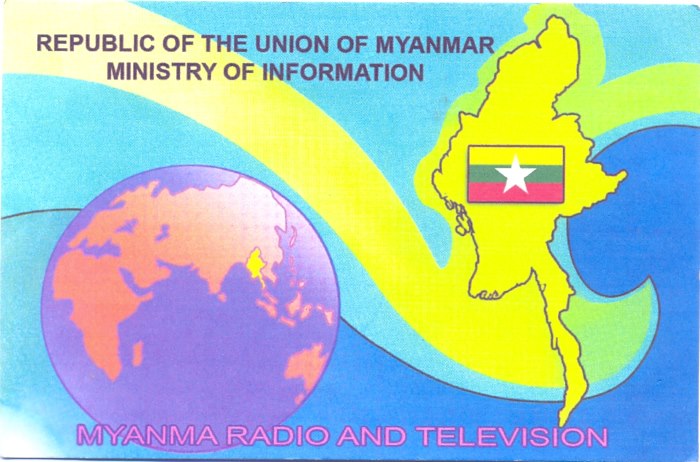
What a surprise! While I was participating in the SWL 2024 contest this summer I received Myanma Radio on 5985 kHz in excellent quality (SIO454).
I tried to QSL this station in the 80ies: reception of the station was never easy. The reply percentage to QSL requests were low… I was never successful. As I also didn’t manage to receive a QSL from Rangoon (Yangon) Aeradio the country of Myanmar stayed on high on my “to do” list.
I learned that recently DX-ers had success with sending a report to nptradio.eng(at)mail.com . So I gave it a try. Six weeks later I received a friendly email and a nice e QSL! My 197th radio country QSLed!
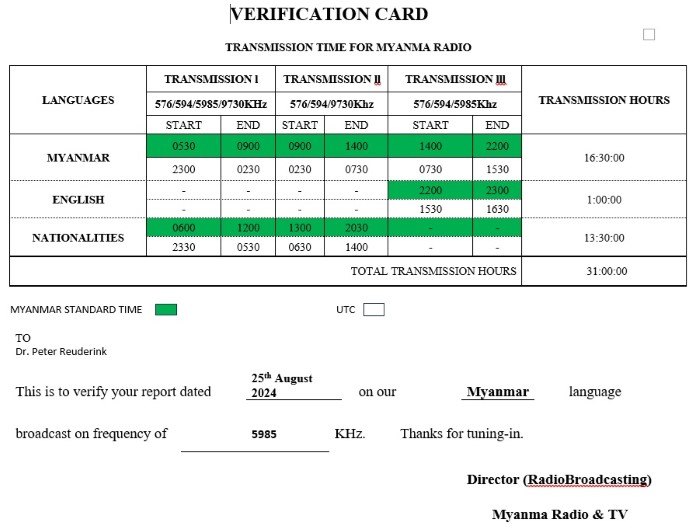
The program I received was a program in Myanmar language, clearly recognizable as they played the national anthem “Kaba Ma Kyei”, followed by a prayer ended by that bell sound so characteristic for Buddhism. After that the programme continued with local traditional music. They do have programs in English as well as you can see in the above schedule. I might try this coming winter as transmission times do not seem to favor reception in Europe during summer months.
© 2025 Peter's DX Corner
Theme by Anders Noren — Up ↑